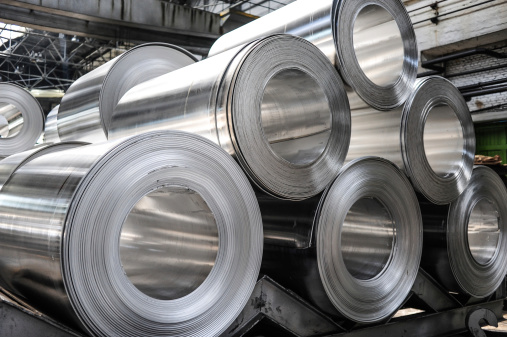The Bureau of Labor Statistics has reported the Producer Price Index (PPI) for final demand in July, with a gain of 0.2% on a seasonally adjusted basis. Bloomberg had a consensus estimate of 0.1%. This compares to reports earlier that final demand prices rose 0.4% in June and 0.5% in May.
PPI is a measure of wholesale inflation and economists use it as a barometer to gauge consumer inflation in the months ahead. Unfortunately, or fortunately, gains in PPI do not always translate into direct gains in consumer prices.
On an unadjusted basis, the final demand index moved down by some 0.8% for the 12 months ended in July. This was the sixth straight 12-month decline, and lower energy is playing a role in that.
July’s increase in the final demand index was tied to higher prices for final demand services with a 0.4% gain. Meanwhile, the index for final demand goods was down by 0.1%.
The core-PPI, excluding food and energy, rose 0.3% in July, much higher than the 0.1% expected by Bloomberg. The year-over-year change in core-PPI was 0.6%. Again, lower energy prices have driven the headline prices lower.
What matters here is that the Federal Reserve wants to see a rise in inflation. This would give some cover if the data was static and if the trends were the same since July. Unfortunately, oil prices are now challenging six-year lows and China’s move to devalue the yuan has set up an environment wherein China can export finished goods at lower prices around the globe.
ALSO READ: The Largest Company in Each State
Thank you for reading! Have some feedback for us?
Contact the 24/7 Wall St. editorial team.


